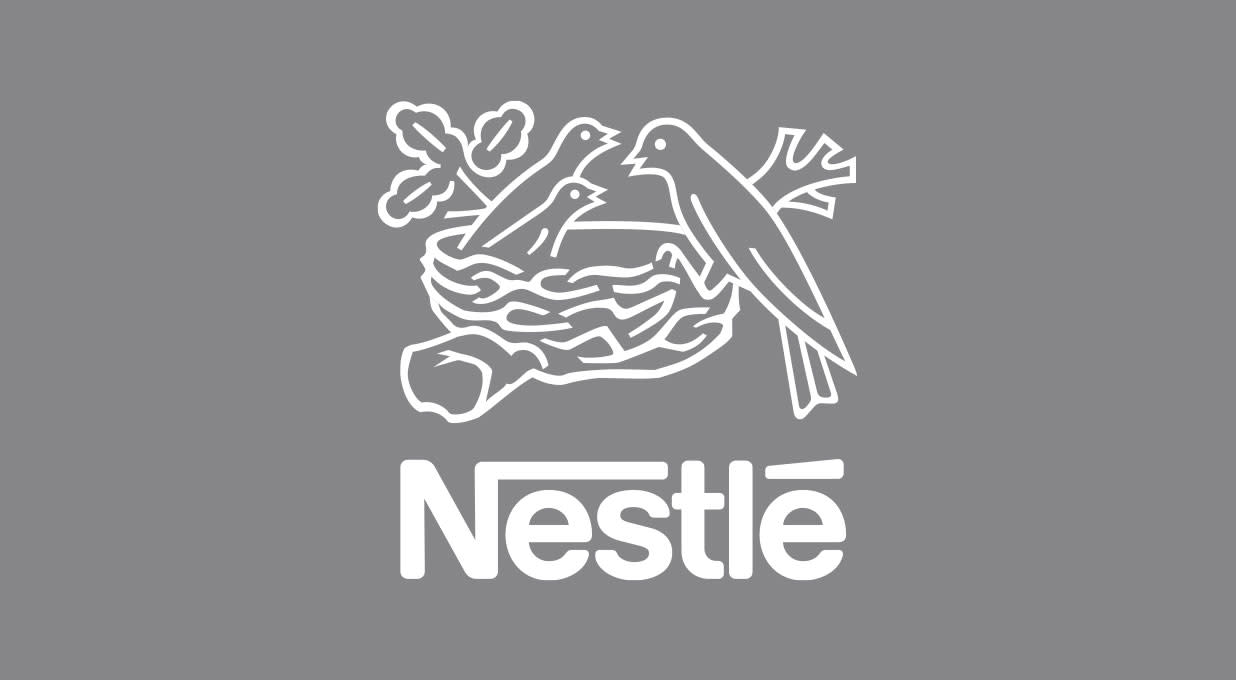Nestlé hosted a capital markets day on 19 November, with its new CEO having now been in the role for 80 days.
Key highlights include an increase in advertising and marketing spend to 9% of sales, a target of CHF 2.5bn in incremental cost savings by the end of 2027, and the creation of a standalone business for water and premium beverages.
Over the medium-term, these initiatives are expected to help drive 4%+ annual organic sales growth and operating margins of more than 17%.
For the current year, organic sales growth is expected to be around 2% with an operating margin of around 17%. In 2025, organic sales growth is expected at a faster pace than 2024 but margins are expected to come under pressure as increased investment front runs cost savings.
The shares were broadly flat in early trading today.
Our view
Nestlé’s capital markets day comes on the heels of new CEO Laurent Freixe stepping into the hot seat back in September. There wasn’t a whole lot of blockbuster ideas, more a continuation of the strategic changes that have been taking place over the past few years.
The pandemic and the inflationary rampage that followed meant the fast-moving consumer goods market has been through a turbulent time. Nestlé has a long history of driving growth through a mix of higher prices and volumes. But rising costs meant it’s had to lean heavily on pricing in recent times to keep margins in check.
But consumers are now at a tipping point, unable to absorb further price increases. That shifts pressure back to volume growth, where Nestlé has struggled in recent years. Underinvestment in marketing to try and prop up margins is coming back to bite, so part of the revised strategy is to return marketing spending back to historic levels. In the long term that’s a good move, especially if it can be funded by planned cost-saving efforts.
But 2025 will be tough. Broad inflation has come down, but key commodities for Nestlé, like cocoa and coffee beans, have seen prices soar. Retailers are pushing back on pricing as the consumer reaches a tipping point, and there will be a timing lag between increased marketing spend and when cost cuts start to make a dent.
With a broader lens, Nestlé has a huge arsenal of quality brands, many of which are number 1 or 2 in their respective markets. While it may be known for its KitKat’s, confectionary is the second smallest category, with Coffee, Pet Care and Health Science accounting for 62% of net sales these days.
These are higher growth categories, and there’s been a portfolio reshuffle in recent years. The number of factories has dropped by 18% and underperforming business units have been on the chopping block. We think there’s more of this to come, and that should help medium term margins.
The balance sheet is in decent shape, and cash flows support the dividend. But debt is toward the top end of the target range so there’s not a whole lot of room for organic additional shareholder returns – nothing is guaranteed. Nestlé does have a c.20% stake in L’Oréal worth about 40bn CHF, so there is some flexibility to sell down that stake to bring in cash if needed.
All in, Nestlé has a strong lineup of brands in compelling markets, and the medium-term plans to reaccelerate growth look like they’re on the right track. But there are some Nestlé specific challenges in the near term and other names in the sector look more attractive right now.
Environmental, social, and governance (ESG) risk
The Food and Beverage industry is medium risk in terms of ESG, with some subsectors - like agriculture, tobacco and spirits - falling into the high-risk category. Product governance is an area of concern industry wide due to strict quality and safety regulations and incoming environmental regulations. Other risks vary by sub-industry, but human capital, community relations and resource use tend to impact most companies in this sector either directly or through their supply chains.
According to Sustainalytics, Nestlé’s overall management of material ESG issues is strong.
Nestlé’s Enterprise Risk Management Framework evaluates potential business impacts and stakeholder concerns, aiming to integrate sustainability into long-term strategies. The company’s Creating Shared Value report, aligned with GRI Standards, highlights its progress on sustainability goals, including a commitment to net-zero emissions by 2050. Despite these ESG efforts, Nestlé remains involved in controversies around water use, product governance, human rights, and biodiversity issues in its supply chain.
Nestlé key facts
All ratios are sourced from Refinitiv, based on previous day’s closing values. Please remember yields are variable and not a reliable indicator of future income. Keep in mind key figures shouldn’t be looked at on their own – it’s important to understand the big picture.
This article is not advice or a recommendation to buy, sell or hold any investment.No view is given on the present or future value or price of any investment, and investors should form their own view on any proposed investment.This article has not been prepared in accordance with legal requirements designed to promote the independence of investment research and is considered a marketing communication.Non - independent research is not subject to FCA rules prohibiting dealing ahead of research, however HL has put controls in place(including dealing restrictions, physical and information barriers) to manage potential conflicts of interest presented by such dealing.Please see our full non - independent research disclosure for more information.


